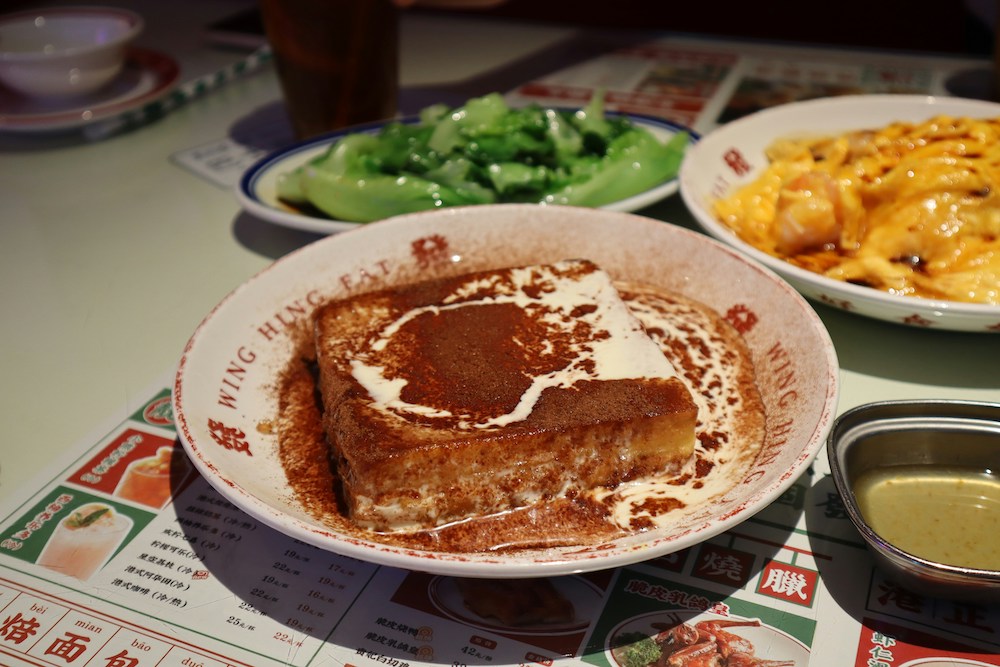Holy Week is approaching and with it comes the aroma of traditions rooted in Spanish culture. Since time immemorial, this time of year has been celebrated with fervor and devotion throughout Spain. It is not only a period of religious reflection, but also an opportunity to get together as a family, share special moments and delight in the exquisite cuisine typical of these dates. Among the most emblematic delicacies that adorn Spanish tables during Holy Week, torrijas occupy a privileged place.
Origins and history of torrijas
Torrijas, whose name derives from the Latin term "torrere" which means to toast, have a history that dates back to the Middle Ages. Originally, this sweet was born as an ingenious way to take advantage of stale bread, transforming it into a sweet and comforting delight. For centuries, torrijas have been an indispensable element in the diet during Lent, a period in which fasting and abstinence from certain foods were practiced.
In medieval Spain, the preparation of torrijas was associated with the need to use leftover bread and avoid waste. This dish quickly became popular not only for its exquisite flavor, but also for its ability to provide energy and satisfy hunger during days of religious abstinence.

With the passage of time, torrijas became a symbol of Spanish Holy Week. During this time, families gathered to share special and traditional moments, and torrijas occupied a prominent place on the table. Its preparation became a ritual rooted in Spanish culinary culture, passed down from generation to generation.
Today, torrijas continue to be an emblematic dish of Spanish gastronomy, especially during Holy Week. Their popularity transcends the country's borders, and they are appreciated and enjoyed throughout the world as a sweet that evokes tradition, history and flavor.
The traditional recipe for torrijas
The recipe for torrijas varies slightly from region to region, and even from family to family, but the basic ingredients and preparation method remain fairly consistent. To make this exquisite delicacy, you need simple and accessible ingredients:
Ingredients:
- Stale bread (preferably one or two days in advance)
- Milk
- Eggs
- Sugar
- Cinnamon stick or powder
- Mild olive oil for frying
- Honey (optional)
Step by step instructions:
- Prepare the bread: Start by cutting the bread into slices approximately 1 cm thick. If the bread is too hard, a useful trick is to lightly soak it in milk for a few minutes to soften it. This will help make the torrijas more tender and juicy.
- Prepare the ingredients: In a deep bowl, beat the eggs until well mixed. Then, add a little sugar and cinnamon to taste to the beaten eggs. In another container, pour the milk.
- Bread the bread: Dip each slice of bread into the milk, making sure it is soaked well but without falling apart. Next, dredge the bread slices in the beaten egg, making sure they are completely coated on all sides. This double breading process is crucial so that the torrijas have a soft texture on the inside and crispy on the outside.
- Heat the oil: In a large skillet, heat enough oil over medium heat. It is important that the oil is hot but not too hot, to prevent the torrijas from burning on the outside before they are cooked on the inside.
- Fry the torrijas: Once the oil is hot, place the breaded slices of bread in the pan and fry them until golden on both sides. It is important not to overcrowd the pan so that the torrijas cook evenly. You can fry the torrijas in batches, if necessary.
- Drain excess fat: Once the torrijas are golden and crispy, remove them from the oil with a slotted spoon and place them on absorbent paper. This will help eliminate excess fat and make the torrijas lighter and less oily.
- Add the finishing touch: If you wish, you can sprinkle the torrijas with a mixture of sugar and cinnamon while they are still hot, or you can bathe them with hot honey for an extra touch of sweetness and flavor. This last step is totally optional, but it will undoubtedly give a special touch to your torrijas!

With these simple steps, you can prepare delicious and authentic homemade torrijas that will surely be a hit on any special occasion, especially during Holy Week in Spain. Enjoy them!
Other variants and curiosities of torrijas
Although the traditional torrijas recipe is the most widespread, with its characteristic cinnamon and sugar flavor, culinary creativity has given rise to a wide range of variants that explore new flavors and textures. One of the most popular variants is the addition of wine to the recipe. In some regions of Spain, such as Andalusia, so-called "wine torrijas" are prepared, where instead of soaking the bread in milk, it is immersed in sweet wine before frying. This variant provides a more intense flavor and a light fruity touch that contrasts perfectly with the sweetness of the bread.
In addition to wine, other variants of torrijas include the addition of syrup, which gives it an additional shine and juicy texture. You can also find torrijas filled with pastry cream or even chocolate, adding an extra layer of indulgence to this classic Spanish dessert.
Torrijas are a versatile dessert that adapts to all tastes and preferences. Whether enjoying them freshly made and still hot, when they are crispy on the outside and tender on the inside, or letting them rest so that the flavors meld even more, these delicacies are always welcome on the table of any Spanish home during Holy Week.
In addition to its versatility in terms of ingredients, torrijas also have interesting curiosities related to their consumption. For example, in some parts of Spain, especially in the north, it is customary to serve torrijas accompanied by a glass of sweet wine or mistela, thus creating a perfect combination of flavors that enhance the gastronomic experience.

Likewise, torrijas are not exclusive to Holy Week. Although they are traditionally associated with this religious holiday, they can be found in Spanish pastry shops throughout the year. Additionally, in some places around the world, such as Mexico, torrijas are also popular during the Christmas season, demonstrating their versatility and ability to transcend cultural boundaries.
Try this torrijas recipe and surprise your family and friends
In short, torrijas are much more than a simple dessert; They are a symbol of tradition, a memory of times past and a culinary pleasure that unites families and friends around the table during one of the most important celebrations in the Spanish calendar.
And remember, thanks to the versatility of this dessert, you can test your creativity and make all the versions you want. Surprise everyone with your originality in the kitchen. Take advantage!
FREQUENTLY ASKED QUESTIONS ABOUT TORRIJAS
What is the traditional recipe for torrijas?
The traditional recipe for torrijas consists of soaking slices of bread in a mixture of milk, eggs and sugar, then frying them in hot oil and sprinkling them with cinnamon and sugar.
Can French toast be made gluten-free?
Yes, you can make gluten-free French toast using gluten-free bread and making sure the rest of the ingredients are gluten-free.
What is the best way to serve torrijas?
Torrijas can be served freshly made and still hot, or let them rest so that the flavors meld even more. They can be accompanied by a scoop of ice cream, a glass of sweet wine or simply enjoyed alone.
What is the best way to preserve leftover French toast?
Leftover French toast can be stored in an airtight container in the refrigerator for a day or two. They can also be frozen and reheated in the oven before serving.


















































